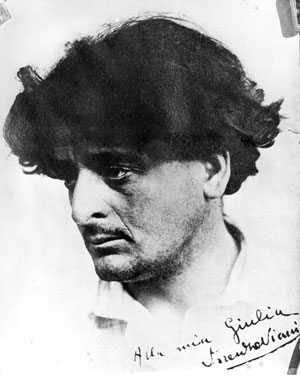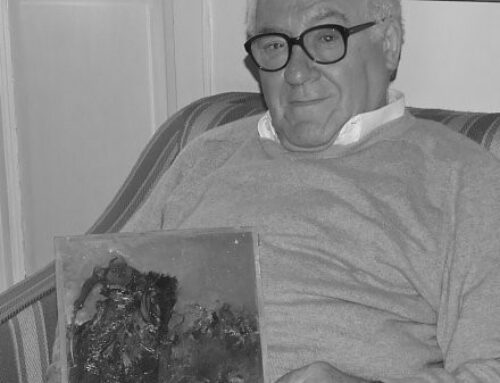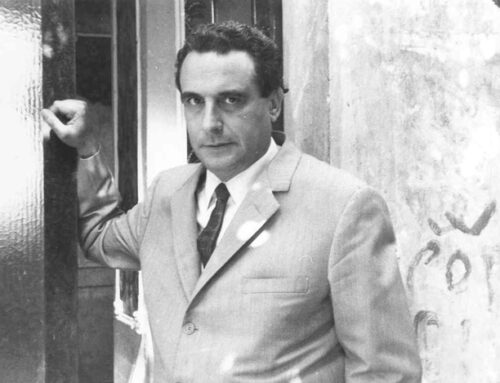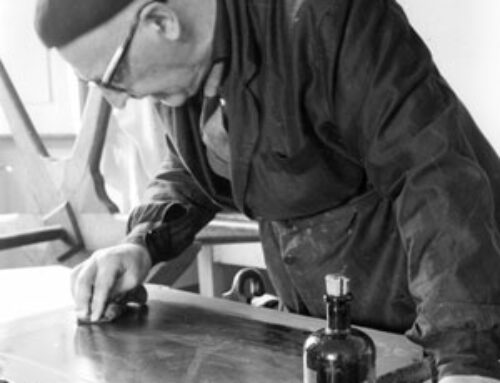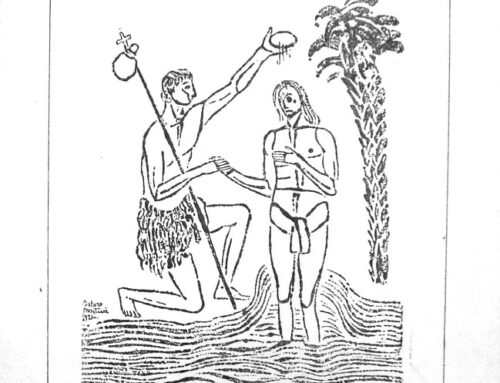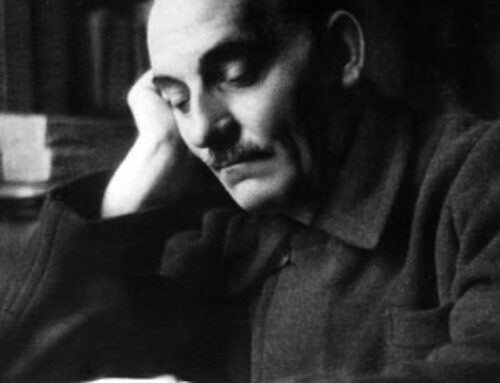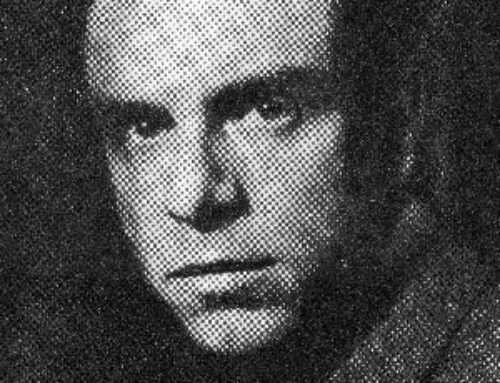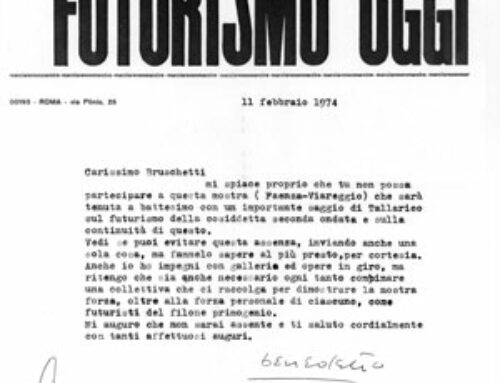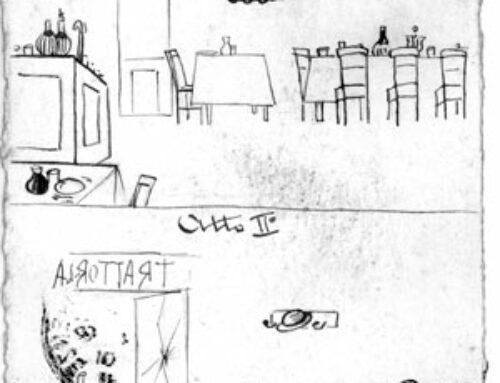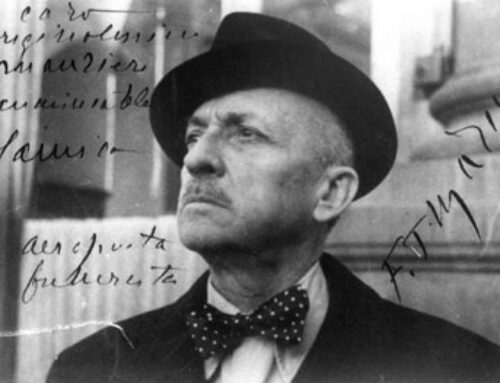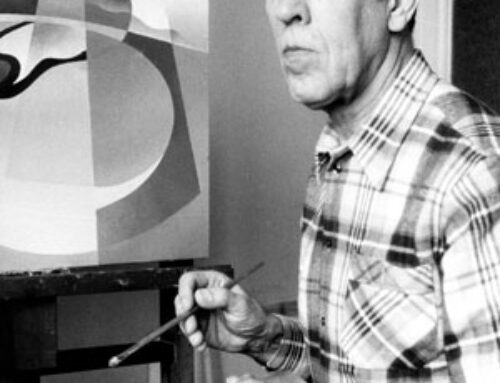(Viareggio, 1882 – Ostia, 1936), painter and writer, a pupil of Nomellini in Lucca, stayed in Paris from 1908 to 1909 and there matured the transition from a late realism steeped in symbolism to a postimpressionism of fauve intonation. An anarchist, in the 1910s he performed large epic compositions of immediate expressiveness. In the postwar period, while in painting he continued to develop the themes usual to him, (underdogs, seascapes, Apuan landscapes) later taken up in the murals and large paintings of ’35 and ’36 for the Viareggio station and the Collegio IV Novembre in Ostia, Viani engaged in an intense literary production (“Ceccardo,” 1922; “Giovannin senza paura,” 1924; “I Vàgeri,” 1926; “Roccatagliata,” 1928; “Angiò uomo d’acqua,” 1928; “Storie di umili titani,” 1934; “Le chiavi nel pozzo,” 1935) and journalism.
The Lorenzo Viani Fund consists of two documentary nuclei, separate and distinct because they came to the Foundation Archives at different times, the first donated in 1982, the second regionally owned, deposited in 2002.
The first core of documents is divided into the following sections: Correspondence, which contains letters sent to Lorenzo Viani from numerous senders, including Nomellini, Ojetti, Novaro, Papini, Sarfatti, Soffici, Ungaretti, letters from Pascoli to Plinio Nomelline copied by Viani and letters sent to family members from various senders; Manuscripts, which collects material pertaining to Viani’s novels, both published and unpublished, including “Parigi,” “Angiò uomo d’acqua,” “Ritorno alla patria,” poems, some published posthumously in the collection “La polla nel pantano,” others unpublished, poetic excerpts by other authors including Renato Fucini, Viani’s diaries from 1917, numerous short stories mostly published in volumes (“I Vàgeri,” “Le chiavi nel pozzo,” “Il cipresso e la vite,” “Il dano e la statua nera”) others unpublished, some notebooks of family members; Photo library, some 30 photographs, almost all portraits of the artist; Press review, which contains two articles by Viani and some articles about his work; Periodicals section, which brings together a number of newspapers, mostly from the Versilia area (“I Vàgeri,” “Tirrenia,” “Riviera versiliese”); Printed material, where posters, invitations, catalogs of Viani’s exhibitions, an incomplete copy of a poem in Genoese dialect by F.Muratori, “I ribelli” (1917) illustrated by the artist, and photocopies with biographical information were placed.
The second nucleus of documents consists mostly of manuscripts and typescripts pertaining to Vianesque production in prose, short stories and novels, many unidentified and incomplete, some letters and drafts of articles, numerous scattered sheets. This material, of which there is to date a simple inventory of consistency, needs to be sorted and described analytically so that an overall computerized cataloguing can be carried out that will unify all the documentation owned by the Foundation on the artist.

